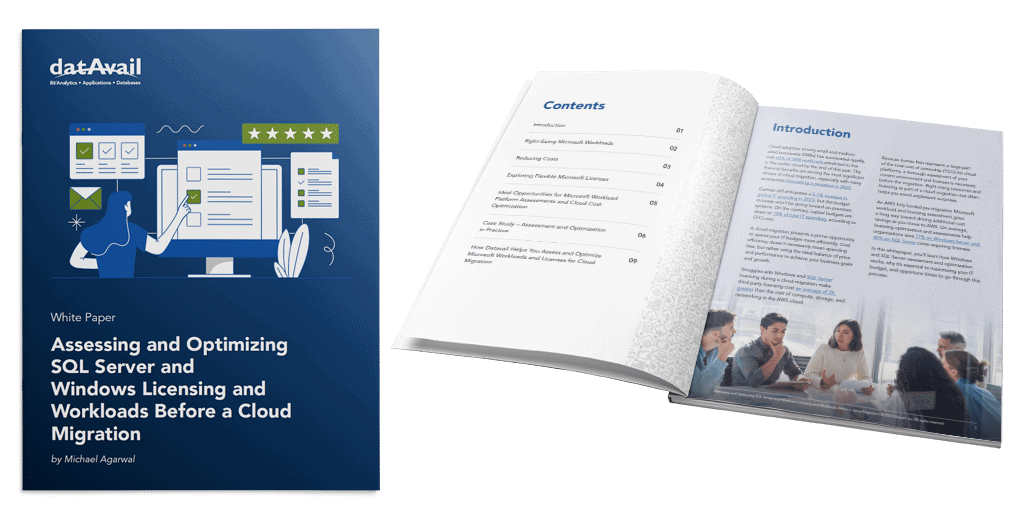Assessing and Optimizing SQL Server and Windows Server Licensing and Workloads Before a Cloud Migration

Cloud adoption among small and medium-sized businesses (SMBs) has accelerated rapidly, with 63% of SMB workloads predicted to live in the public cloud by the end of this year. The financial benefits are among the most significant drivers of cloud migration, especially with many economists forecasting a recession in 2023.
Gartner still anticipates a 5.1% increase in global IT spending in 2023, but the budget increase won’t be going toward on-premises systems. On the contrary, capital budgets are down to 13% of total IT spending, according to CFO.com.
A cloud migration presents a prime opportunity to spend your IT budget more efficiently. Cost efficiency doesn’t necessarily mean spending less, but rather using the ideal balance of price and performance to achieve your business goals and growth.
Struggles with Windows and SQL Server licensing during a cloud migration make third-party licensing cost an average of 3X greater than the cost of compute, storage, and networking in the AWS cloud.
Because license fees represent a large part of the total cost of ownership (TCO) for cloud platforms, a thorough assessment of your current environment and licenses is necessary before the migration. Right-sizing resources and licensing as part of a cloud migration–not after–helps you avoid unpleasant surprises.
An AWS fully funded pre-migration Microsoft workload and licensing assessment goes a long way toward driving additional cost savings as you move to AWS. On average, licensing optimization and assessments help organizations save 77% on Windows Server and 45% on SQL Server cores requiring licenses.
In this whitepaper, you’ll learn how Windows and SQL Server assessment and optimization works, why it’s essential to maximizing your IT budget, opportune times to go through this process, and how to get access to AWS funding programs to offset your costs. Fill out the form to read it now.
Download the White Paper